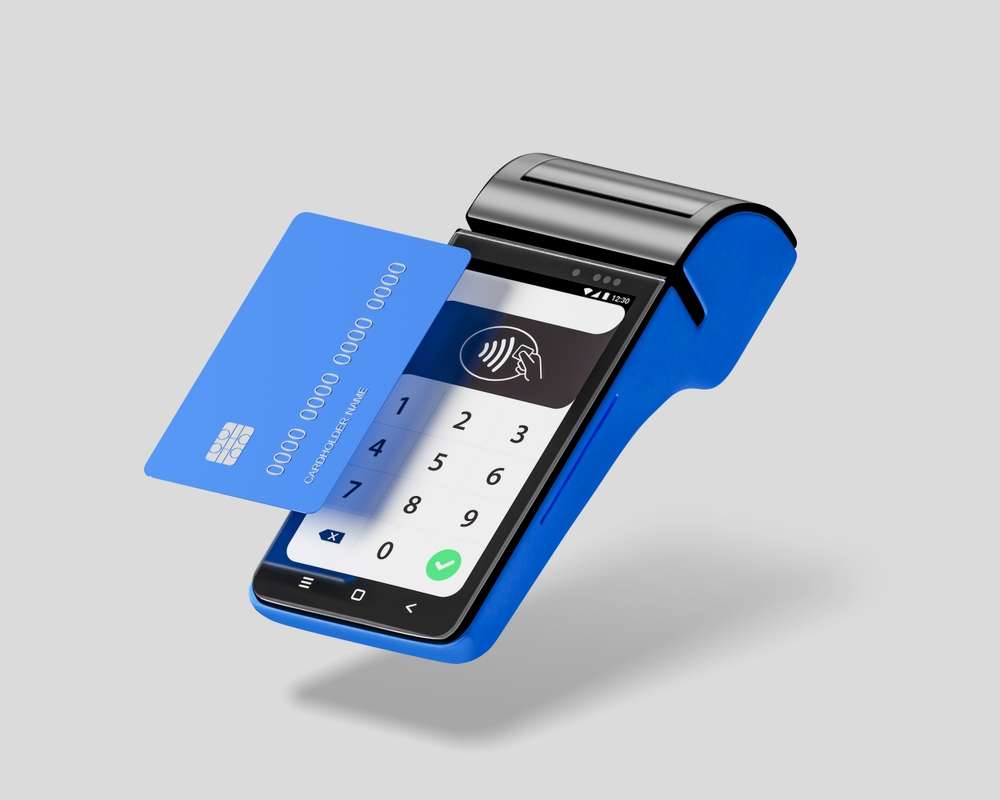Understanding Mobile Device Financing Models and Their Implications
Mobile device financing has transformed how consumers access smartphones, offering alternatives to traditional upfront purchases. From rent-to-own programs to flexible payment plans, these financing models provide pathways to smartphone ownership for various financial situations. Understanding the mechanics, benefits, and potential drawbacks of these arrangements helps consumers make informed decisions about their mobile technology investments.

The smartphone market has evolved beyond simple cash transactions, introducing sophisticated financing mechanisms that cater to diverse consumer needs. These financing models have democratized access to premium mobile technology while creating new considerations for budget-conscious consumers.
Understanding Rent-to-Own Smartphones and Flexible Payment Plans
Rent-to-own smartphone programs allow consumers to acquire devices through weekly or monthly payments without requiring substantial upfront costs or traditional credit checks. These arrangements typically involve a lease agreement where customers make regular payments over a predetermined period, eventually gaining ownership of the device. The total cost usually exceeds the retail price, reflecting the convenience and accessibility these programs provide.
Flexible payment plans offered by carriers and retailers often include zero-interest financing for qualified customers. These plans divide the device cost into monthly installments, typically spanning 24 to 36 months. Unlike rent-to-own programs, these arrangements usually require credit approval and may include early upgrade options.
Exploring Rent-to-Own (RTO) Smartphone Programs
RTO smartphone programs operate through specialized retailers and some traditional carriers. Customers select devices from available inventory and enter agreements specifying payment schedules and terms. These programs often include insurance coverage and technical support as part of the package.
The application process for RTO programs typically requires proof of income and identification rather than extensive credit history verification. This accessibility makes RTO options attractive for consumers with limited credit or those seeking to avoid traditional financing requirements. However, the total cost of ownership through RTO arrangements frequently exceeds standard retail prices by 50-100%.
Assessing Your Genuine Smartphone Needs
Before committing to any financing arrangement, evaluating actual smartphone requirements prevents overextending financially. Consider essential features like camera quality, storage capacity, processing power, and battery life based on intended usage patterns. Business users may prioritize security features and productivity applications, while casual users might focus on entertainment capabilities and social media functionality.
Budget considerations should encompass not only device payments but also service plans, insurance, and accessories. Creating a comprehensive monthly technology budget helps determine affordable payment ranges and prevents financial strain from accumulating multiple device-related expenses.
| Financing Option | Provider Examples | Monthly Cost Range | Total Cost Impact |
|---|---|---|---|
| Carrier Installment Plans | Verizon, AT&T, T-Mobile | $25-$50 | Retail price + interest |
| Rent-to-Own Programs | Aaron’s, Rent-A-Center | $20-$40 | 150-200% of retail |
| Buy Now Pay Later | Affirm, PayPal Credit | $30-$60 | Retail price + fees |
| Lease Programs | Sprint Flex, Jump On Demand | $15-$35 | No ownership |
Prices, rates, or cost estimates mentioned in this article are based on the latest available information but may change over time. Independent research is advised before making financial decisions.
Comparing Traditional Purchase Methods with Modern Financing
Traditional smartphone purchases require full payment at the point of sale, providing immediate ownership without ongoing payment obligations. This method offers the lowest total cost and complete device control, including the freedom to switch carriers or sell the device at any time.
Modern financing alternatives spread costs over time but introduce various terms and conditions. Carrier financing often ties customers to specific service plans, while independent financing may offer more flexibility but potentially higher interest rates. Understanding these trade-offs helps consumers select arrangements aligned with their financial goals and usage preferences.
Evaluating Long-term Financial Implications
Financing decisions extend beyond immediate affordability, affecting long-term financial health and technology access. RTO programs may provide short-term device access but result in significantly higher total costs. Traditional financing through carriers or banks typically offers better value but requires credit approval and may include early termination fees.
Consider upgrade cycles when evaluating financing options. Consumers who prefer latest technology may benefit from lease programs allowing frequent upgrades, while those seeking long-term value might prefer purchase financing or cash transactions. Additionally, factor in potential repair costs, insurance premiums, and accessory expenses when calculating total ownership costs.
Understanding mobile device financing empowers consumers to make informed decisions balancing immediate needs with long-term financial health. Whether choosing rent-to-own convenience, traditional financing, or cash purchases, careful evaluation of terms, total costs, and personal circumstances ensures optimal outcomes for individual situations.




